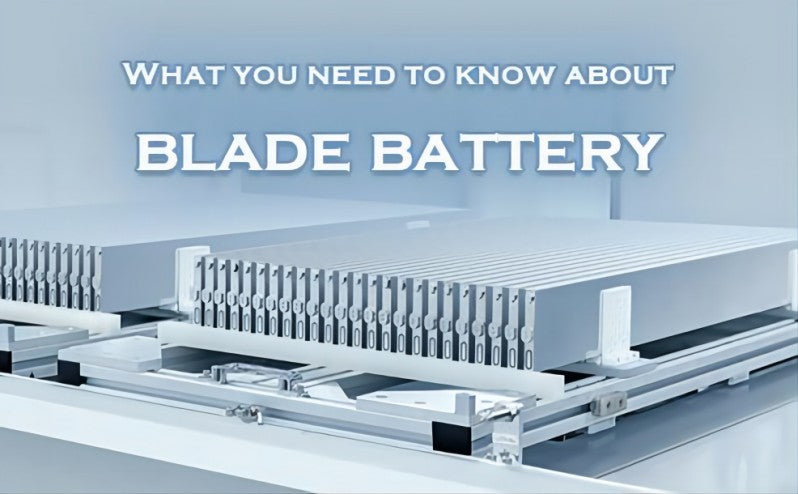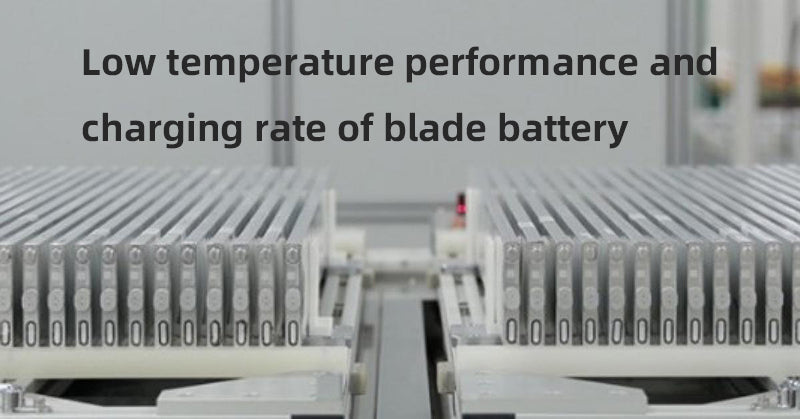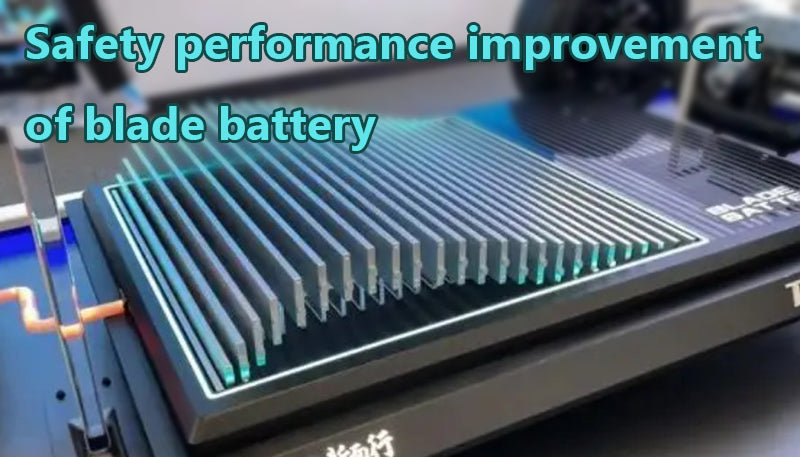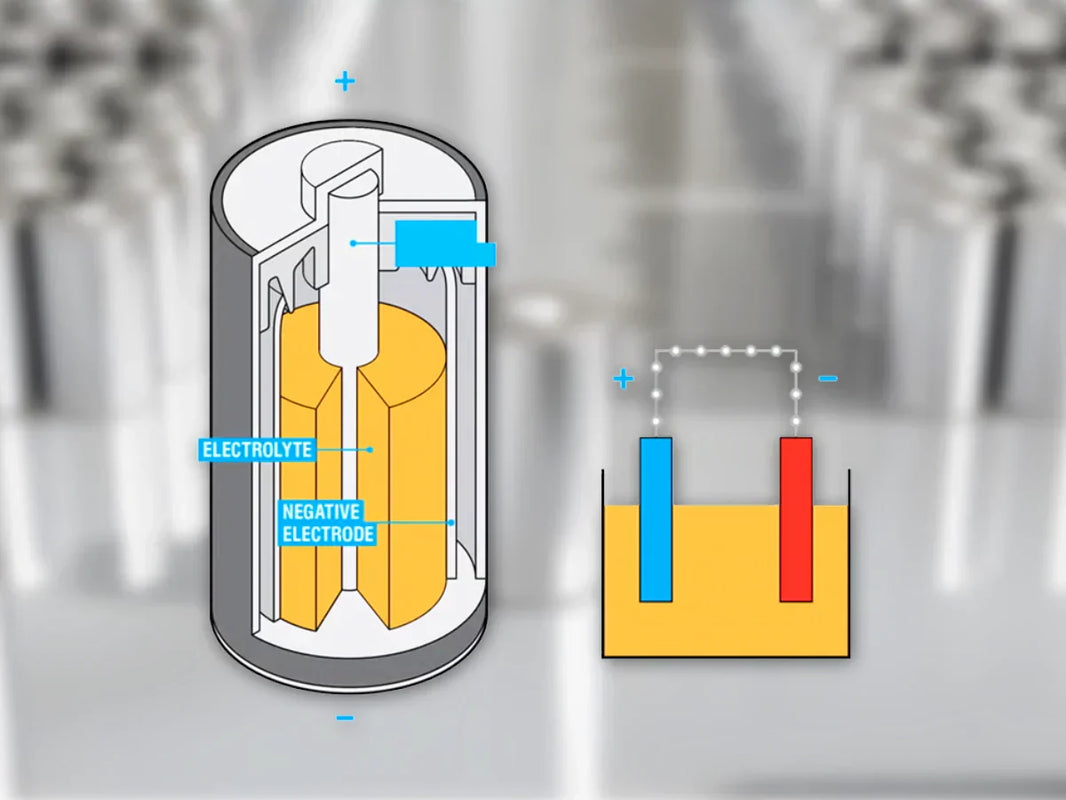
Main content:
Recently, breakthroughs in safety and volumetric energy density of blade batteries have been widely discussed. The blade battery can easily pass the acupuncture experiment and increase the volume energy density by 50%.
This provides a good solution to the current dilemma of power battery safety and high specific energy. Can a blade battery with such a long cell meet the matching needs of different car companies? Apart from safety and battery high energy density, what about other properties?
Blade battery adaptability
The blade battery is shaped like a blade. Blade battery length can be between 600-2000mm. Since the length of the blade battery is the same as the width of the battery pack, it covers almost all the width dimensions of the battery pack of the passenger car. Moreover, the blade battery also supports modded battery packs, thus supporting larger vehicles.

The battery pack uses a module formed by four blade batteries. If they are all in the form of no modules, different battery pack widths require different lengths of blade batteries. If BYD wants to sell blade batteries to various manufacturers, it needs to make blade batteries of different lengths. A blade battery includes a plurality of accommodating cavities, each accommodating cavity contains a pole core, and the accommodating cavities are separated by partitions.
It looks like several cells form a series module. Then, it is reasonable to speculate that BYD can completely adjust the length of the blade battery by increasing or decreasing the number of accommodating cavities. And each cavity and pole core can be standardized.
The blade battery is like a water pipe, which can be longer or shorter. In this way, although different customers require blade batteries of different lengths, they share standardized accommodating cavities, pole cores and other components, and can still achieve standardized and large-scale production. In addition, although BYD's blade batteries can have different power configurations, the blade batteries used are of the same length, which is more conducive to large-scale production and allocating production costs.
Long life of lithium iron phosphate
Another notable feature of lithium iron phosphate batteries is their long cycle life. What is the life expectancy of a blade battery? First of all, it is necessary to find out the cycle life of the lithium iron phosphate battery pack at this stage. At present, the lithium iron phosphate battery pack for automobiles in China has a cycle life of about 3000 times in laboratory tests. In actual operation, it can reach at least 2000 times. Taking BYD Han as an example, the NEDC cruising range is 605 kilometers, and even according to 2000 cycles, its lifespan will reach more than 1.2 million kilometers.Low temperature performance and charging rate of blade battery

The application of power batteries also needs to fully consider other performances. Industry insiders also pay special attention to the low-temperature performance and charging rate of blade batteries. The peripheral components of the blade battery will occupy the internal space of the battery pack, including the liquid cooling system, thermal insulation materials, etc.
Judging from the history of electric vehicle temperature control solutions of electric vehicle companies, they have basically developed from air cooling to liquid cooling. Previously, in the lithium iron phosphate battery of Denza electric vehicles, the positive and negative electrodes of the battery were treated with a carbon-coated process to deal with low-temperature environmental problems.
In addition, BYD has applied the third-generation battery intelligent temperature control management system in Tang EV and other models, with low-temperature heating function. At present, there is no exact data to determine the low temperature performance of the blade battery, but BYD can improve the material improvement and temperature control system. In terms of charging rate, the news from BYD said that the fast charging of the blade battery can reach 1.5C, and the peak value can reach 2C.
Based on this calculation, at least in the 0-80% stage, it can be completed in 30-40 minutes. It is consistent with the charging rate of general ternary batteries.
Safety performance improvement of blade battery
Lithium iron phosphate is inherently safe. The power battery is a component containing high-energy substances, and has the nature of danger. Moreover, with the improvement of the specific energy and specific power of the battery, the risk of accidents will increase.
First of all, the self-ignition temperature of lithium iron phosphate batteries is much higher than that of ternary batteries. The data shows that the self-ignition temperature of the ternary battery is 200 ℃, that is, when this temperature is reached, the material of the ternary battery will begin to melt and spontaneously ignite until it explodes. The self-ignition temperature of lithium iron phosphate batteries is 500-800 °C.
Secondly, the lithium iron phosphate battery does not release oxygen, so there is no combustion accelerant. The oxidation ability of iron ions is not strong, and the lithium iron phosphate battery will not release oxygen during charging and discharging, and it is naturally difficult to have a redox reaction with the electrolyte, which makes the charging and discharging process of the lithium iron phosphate battery in a relatively safe environment. Without the accelerant, the lithium iron phosphate battery basically only emits smoke during thermal runaway.

Acupuncture test further proved In order to further verify the safety of the blade battery, BYD performed acupuncture tests. The so-called acupuncture test is to place a fully charged battery on a flat surface, pierce the battery radially with a steel needle with a diameter of 3-8mm, and no fire or explosion occurs within one hour, which is considered qualified.
The purpose is to simulate the process of the internal short circuit of the battery to detect the safety of the battery. The acupuncture test results of the blade battery are significantly better than the ternary battery and the traditional lithium iron phosphate bulk battery. The ternary lithium battery burned violently after acupuncture, and the surface temperature exceeded 500 degrees Celsius.
After the lithium iron phosphate block battery is acupuncture, there is no open flame and smoke, and the surface temperature is 200-400 degrees Celsius. After the acupuncture of the BYD blade battery, not only there is no open flame, no smoke, but also the surface temperature is only 30-60 degrees Celsius, and the eggs on the battery surface remain unchanged.
There are two reasons for the good performance of the blade battery. On the one hand, the blade battery is a long battery, so its heat dissipation area is relatively large. On the other hand, when acupuncture is used, the short circuit of the blade battery is relatively long, so the ability to generate heat is relatively reduced. Because the temperature rise rate of the blade battery is relatively small, the acupuncture test performed well.
Re-improvement of structural safety The safety of the battery pack is also reflected in the structural strength. Traditional battery packs generally only have 4-5 beams, while blade batteries allow each cell to act as a structural member. 100 batteries are 100 beams, and its strength can be imagined.
Summary
Generally speaking, there are generally 4-5 beams in a traditional lithium ion battery pack. The space utilization rate of the battery in the battery module is only 80%. The rest are structural parts of the module, such as end plates and side plates. The utilization rate of the battery module in the battery pack is only 50%. The space rate from the battery to the module is 80%.
From this, it can be calculated that the proportion of the battery cell in the battery pack is only 40%. However, if BYD elongates the battery cell and fixes it on the frame of the battery pack, the battery cell is not only an energy body, but also the battery cell shell can be used as a structural beam of the battery pack, so that the problems of fixation and strength can be solved. At the same time, the space utilization rate of the battery pack is increased by 50% and can reach more than 60%.
That is to say, under the same volume, BYD's battery pack can hold more cells, and the driving mileage of the vehicle can be greatly improved. The outstanding advantages of blade batteries are safety and high energy. Blade batteries lead the world to a new level of power battery safety. In terms of scalable production, lifespan, low temperature performance, and charging rate, the prospect of blade batteries has been more definite.
Related article: lithium battery replacement, battery state of charge, lithium battery capacity loss
















